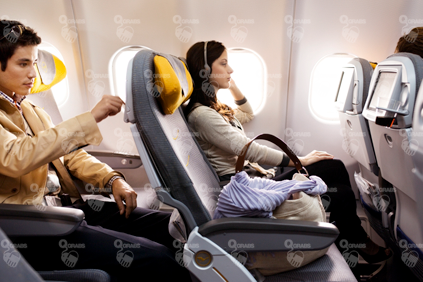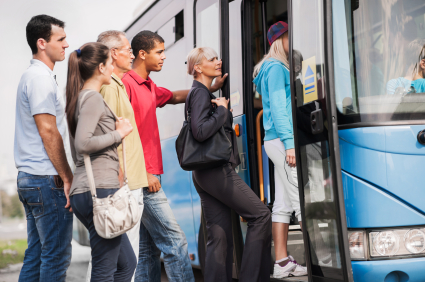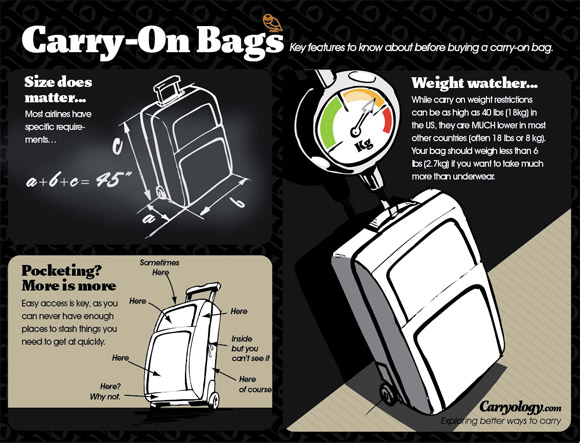People usually fall in love in two ways. One
is when you meet somebody, start talking, find out that you have things in commonand
spend more and more time together. You enjoy each
other’s company,
you find the other person attractive
and fun. First maybe you will have a crushon them, in secret. You go on dates. You have candlelit dinners and go on
romantic walks. After the first kiss you start feeling butterflies in your stomach. You have fallen in
love. If this feeling is mutual,
you start going out.
You become a couple in a relationship.
Another way people fall for somebody is
called love at first sight. They
see each other for the first time, maybe they meet on a blind date even, and fall in
love at once. It
depends on what kind of person you are. Some people say love at first sight is
just about physical attraction, but
there are many long and steady relationships that started with chemistry.
We are different, so we react in various
ways when we are in love.Some people are timid and
shy, so when they
meet somebody they find attractive, their heart skips a beat and they blush. They are at loss for words. Other
people make the first step and
they are not so afraid of beingrejected.
They start flirting to
draw attention to themselves.
They give compliments,
look their best and try to seduce
the person they like.
Sometimes love can be very painful. This can happen when
somebody doesn’t return
your love or if they break
up with you. It is also very heartbreaking when somebody cheats on you or leavesyoufor another person.
Love to marriage
If you are lucky, you fall in love with
somebody who loves you back.
After going out for some time, people who are in love start thinking about getting married and having a
family. People usually think about marriage
if they feel that they want to spend the rest of their lives with
their boyfriend or girlfriend, if they think they have found their soul mate in their
partner. It is more typical for the man to propose to the woman. He pops the big question, asking her to be
his wife. He gives the girl an engagement
ring, which is traditionally a diamond ring. The couple gets engaged and starts
planning their wedding dateand ceremony.
In more conservative and traditional families it is customary to ask a woman’s
father for her hand in marriage before the proposal. You have to sit down and have a long talk with
your future bride’s father and explain why you wish to marry his daughter, how
you are planning to provide
for her and your future family. You promise to take care of her. In
some cultures marriages are pre-arranged and
the bride and the groom don’t even know or love each other. The groom’s family
pays a bride price and the bride’s family gives money, goods or estate to the marriage.
This is called dowry.
In more modern cultures the couple chooses
each other and ties the knot because
they are in love. However, they still ask for their parents’blessing. There is no dowry
and bride price, but in some cases there are prenuptial agreements. Many people think that there is no
need for these agreements if you really love each other, but they can come in handy if the marriage
ends in divorce and
one of the spouses has
a bigger wealth than
the other.























.gif)




















